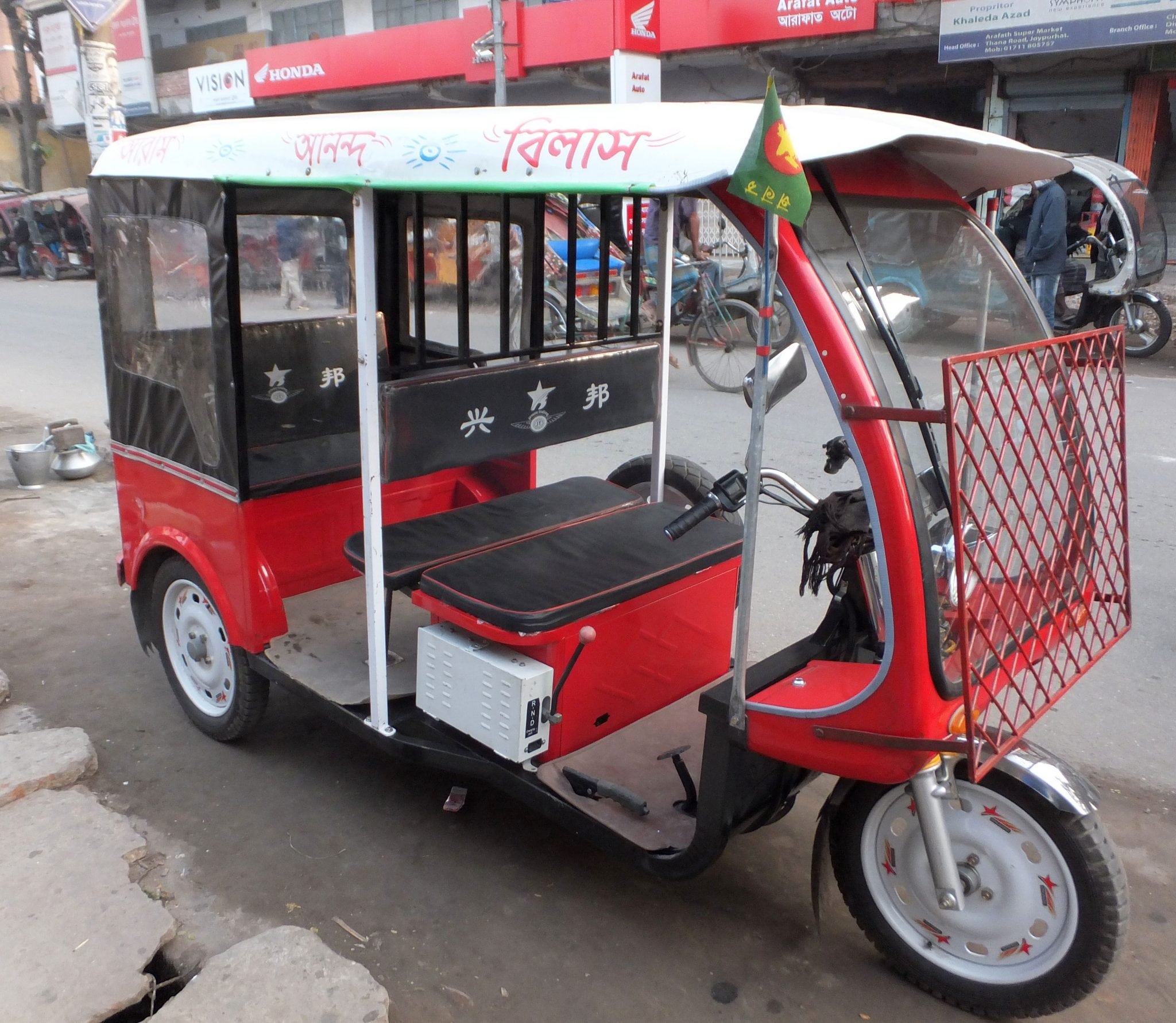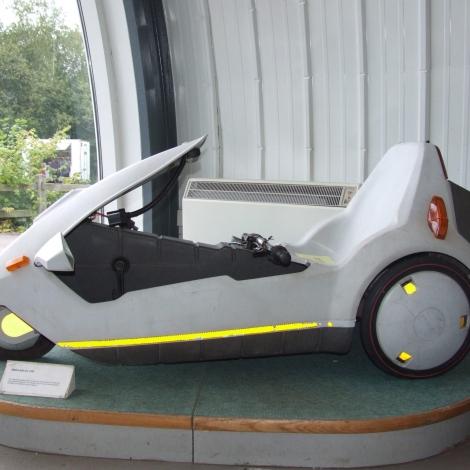What would it take to design a cost-effective electric vehicle for emerging markets? This question was raised in the InnoFrugal conference in Helsinki, Finland, an annual gathering organized by The Nordic Frugal Innovation Society. An expert particularly suited to address the topic posed the question; Dr. Steve Simplay, CTO of a Chinese electric vehicle startup and former head of automotive strategy at Tata Technologies, the company that has staked its global reputation on the manufacture of low-cost vehicles, workshopped the possibility of producing low-cost electric vehicles.
The takeaway points seem to be that electric vehicles are changing the auto industry worldwide, but battery technology is still too expensive and charging infrastructure still too sparse to allow for a truly low-cost electric car. There may be cost-saving opportunities in new powertrain technology and in the frugal design of the rest of the vehicle. To arrive at the lowest possible cost for an electric vehicle today, manufacturers should ask their consumers in emerging markets what they really need. Let’s take a look at each of those points.

Stripped-down transportation like this three-wheeled electric taxi in Jaipurhat, Bangladesh, may be the model for electric vehicles in emerging economies for the near future. Photo: gordontour (CC BY-NC-ND 2.0)
A changing landscape
According to Dr. Simplay, the car industry is going through a major change. Electrification of vehicles is changing not only product structures, but also the whole manufacturing process. In this changing landscape, even traditional car manufacturers — in auto-industry jargon they are called original equipment manufacturers, or OEMs — also need to change. There is a need for new business models, new product designs, and new electric-vehicle platforms. The organizational structure of most traditional OEMs is far too heavy for the new world of electric mobility and electric vehicles. Even the car dealership model is changing: one example presented by Dr Simplay was car vending machines piloted in China by Ford and Alibaba.
Expensive batteries
One of the most expensive components of electric vehicles is the battery. Dr. Simplay predicts that it will take a long time before the current Lithium-ion (Li-ion) batteries will be replaced with new technologies. Albeit new battery technologies are reported in the media almost on a weekly basis, the fact is that they are not yet mature enough for commercial use. Dr. Simplay points out that it took almost 25 years for Li-ion batteries to reach their current levels of performance and reliability. In his view, the market will not move to new technologies within the next 5 – 6 years.
New powertrain reduces costs
The Finnish startup L7 Drive developed a new type of powertrain especially for smaller electrified vehicles. By separating traditionally integrated components, their concept offers more flexibility in the design, and also reduces costs. The company is now testing production in lower volumes.
Affordable charging infrastructure
Another challenge for electrification of traffic is the need for affordable charging infrastructure in emerging markets. New kind of solutions such as battery swapping could help tackle the charging challenge. In addition to the charging hardware, the availability and quality of electricity is a challenge. Also, new kinds of regulation are needed, as the current electric vehicle ecosystems are still too complex.
Pilot projects needed
The workshop emphasized the need for pilot projects. Very easily, people start to talk about the technical details of vehicles, charging, etc., and they miss the key point: what is the need electric mobility is solving. In India, for instance, a survey by Avanto Ventures found that people would be very interested in using an electric vehicle to take them to and from bus and subway lines. At the end of the day, technology may be the easy part of a solution; the biggest challenge is often changing people’s behavior.
The batteries may not change, but design and usage can
With the current battery technology, it is very challenging to reduce the cost of electric vehicles for emerging markets. That was a widely held opinion, shared by Dr. Simplay and others at Innofrugal. The battery is such a dominant factor defining the cost structure of an electric vehicle that it is difficult to move to a totally new price curve.
There may be a workaround, however. Instead of four-wheeled vehicles, manufacturers could focus on two- or three-wheelers, which represent a huge market in India and other emerging economies. These “light electric vehicles” could also offer an affordable solution for the first- and last-mile challenge, which is the problem of delivering people and goods from a hub to a home. The energy company Fortum offered an interesting solution: a solar-powered energy storage product for villages with batteries suitable also for small electric vehicles.
These light vehicles may fit nicely into some kind of vehicle sharing or pay-per-use service that could be offered locally. That may be an idea for a startup, perhaps with support from a government.
A design problem with big opportunities
If the goal is to offer an electric vehicle that costs (USD) $2000-3000, then frugal innovation is critical. How can manufacturers leave out all the unnecessary bells and whistles in a vehicle to make more affordable, without giving away functionality or risking safety? There is no easy solution.
Despite the challenges, the emerging electric mobility markets also offer huge opportunities for companies large and small. However, with systemic innovations such as eMobility, government subsidies and policies often play a key role in getting electrified vehicles moving.
About the author
Jarkko Vesa is Founder and CEO of Not Innovated Here, a management consulting company based in Helsinki that turns ideas into innovations and new business.


I’ve ridden in one of the three wheeled electric trikes used as a taxi in the lowland cities in Nepal. They used 4 batteries each 12 volts to give 48 VDC at 175 ampHr, if my memory and notes are right. The drivers I talked with said the run pretty well all day and recharge at night, cost was reported as about $4000 U.S. This was a near perfect solution for this area heavily beset with air pollution from heavy diesel road traffic on the East-West Highway and multiple local coal burning brick factories.